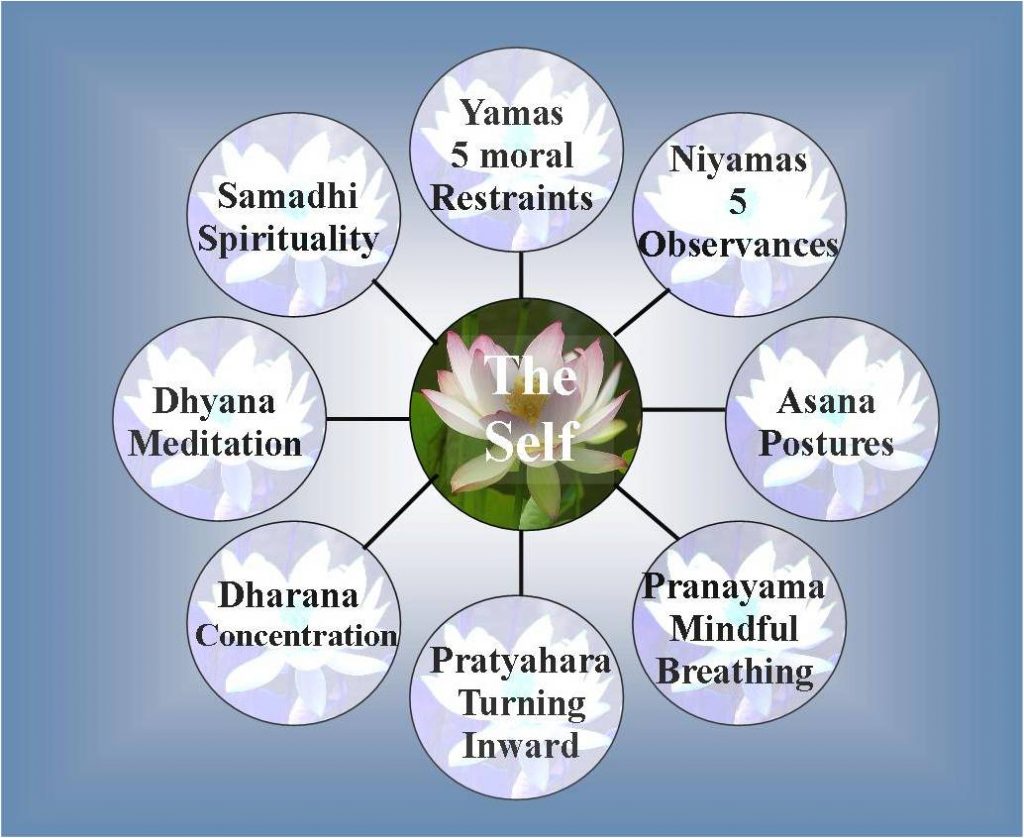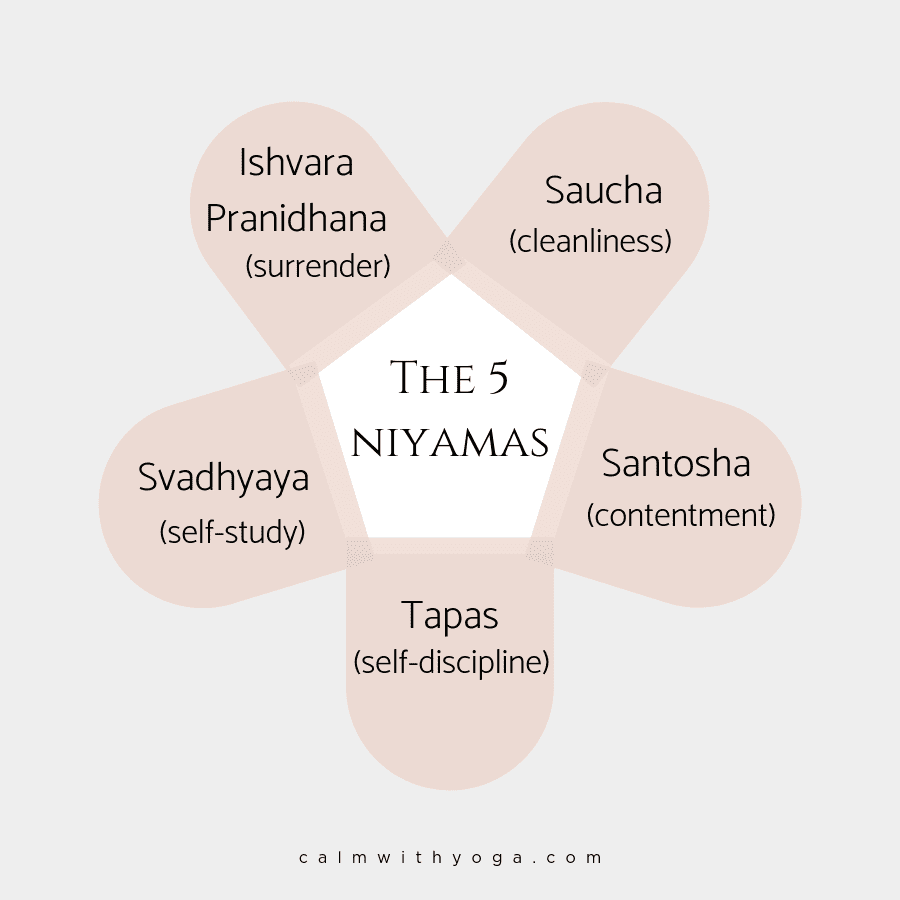The word Yoga refers to different things in today’s time. Some may understand it as an Indian form of exercise which has to do with specific body postures. Others may understand it as breathing practices and relaxation methods. Some may even consider it as eight reducing regimens involving profuse sweating.
A Yoga therapist may understand it as an alternative therapy system especially for eliminating back pain or helping with recovery from an illness. Then, there is a general group of believers who consider Yoga as a typical religion.
These different views about Yoga are logical to some extent, yet there is more to this ancient science. The Sanskrit word “Yoga” is derived from the root word ‘Yuj’ which means to yoke, harness, especially to produce energy or join together. Hence, Yoga is commonly understood to mean union.
Union of jeevatma (individual self) and parmatma (universal self).
According to Maharishi Patanjali, Yoga is a discipline or continuous effort to attain this union. He further says Yoga is to attain spiritual perfection through the Control of body, the Senses, and Mind.
Sage Patanjali and Sage Vyasa consider Yoga as Concentration. Yoga is not only physical activity but is a discipline or a continuous effort to attain that Supreme state of realization through intense concentration.
Sage Patanjali defines Yoga as ‘Complete Cessation of Mental modification’. Swami Vivekananda defines Yoga as ‘Restraining the Mind Stuff’. That means keeping your mind under absolute control.
Patanjali talks about Ashtanga Yoga (8 limbs of yoga)

Let’s see the above in details:
1. Yama

To take care of Social equations. This refers to the observance and restrains that regulate our interaction with others. Hence, they take care of our social equations. It has subdivisions.The 5 Yamas are:
Ahimsa – nonviolence in thoughts, word, and deed. Nonviolence can be physical, verbal, psychological and mental. Carrying the intention to hurt others and your self is also violence. To be nonviolent the easiest thing one can do is self-control.
Satya – Truth. Finding, speaking and living truth. A person should not lie with self also.
Asteya – non-stealing. This is what one has earned something without the consent of the owner, it can be stealing objects, time, people, ideas, work, trying to take advantage of situations. It is sucking energy. Bargaining is also stealing.
Bramhacharya – non-indulgence. No overeating, overdrinking, excess sexual activities, addiction.
Aparigraha – non-collection, non-passiveness, non-greediness, non-attachment, not having more than a person’s needs. Things like money, rooms, love, sleep, friends and even books and a few more. Every time you buy new things, give away one old thing. It is about limiting yourself, control the habit of collection.
2. Niyama

To govern Personal equations. It is self-discipline and spiritual observance. Strict daily routine. The 5 Niyamas are:
Sauch – purification which can be mental as well as physical. Intentional purification also means cleanliness. Think positive, let go negative thoughts, this is the cleaning of mind.
Santosh – contentment. Being satisfied, being grateful for what you have, and working towards what you want. Doing the job happily. Detach from desires to get inner peace and joy.
Tapas – austerity. Restricting self from indulging in senses.
Swadhyaya – self-study. Cultivating knowledge by studying scriptures. Spend time on gaining true knowledge.
Ishwar pranidhana – complete surrender to God. Commitment to God. Surrender your ego. Daily habits of prayer. Being connected and trusting that you are in the right place. Calming down the mind.
3. Asana

Steady and comfortable pose. Through this practice, one can develop the habit of discipline and ability to concentrate. Performance should be graceful and the mind should be concentrated. The effects of asana are mental to get freedom from conflicts.
4. Pranayama

Expansion of Prana. It expands the capacity of the body to absorb more prana which is life force energy. Pranayama happens when there is a break in the space between inhalation and exhalation. Pranayama should be practiced only when the body is ready. It should be practiced only after asana.
5. Pratyahara

This refers to the withdrawal of sense organs from their respective objects. It means the cessation of material objects. This helps in bringing awareness to reside deep within oneself. This makes the person free from the senses and the external world.
6. Dharana

Means concentration on one object.
7. Dhyana

When the object in dharana is removed and the Sadhak can still view that object that is Dhyana.
8. Samadhi

Consistent state of self. Super conscious state.
Keywords:
Yoke-to couple or attach.
Harness-control and make use of.






